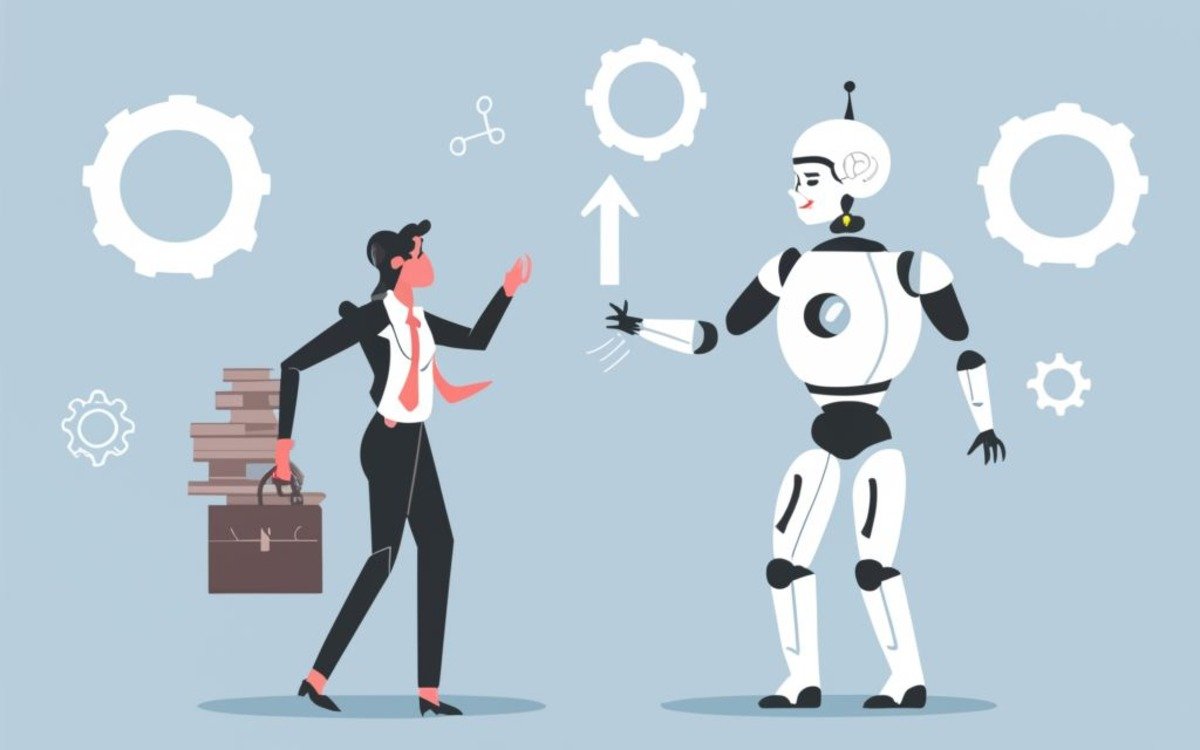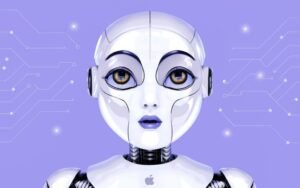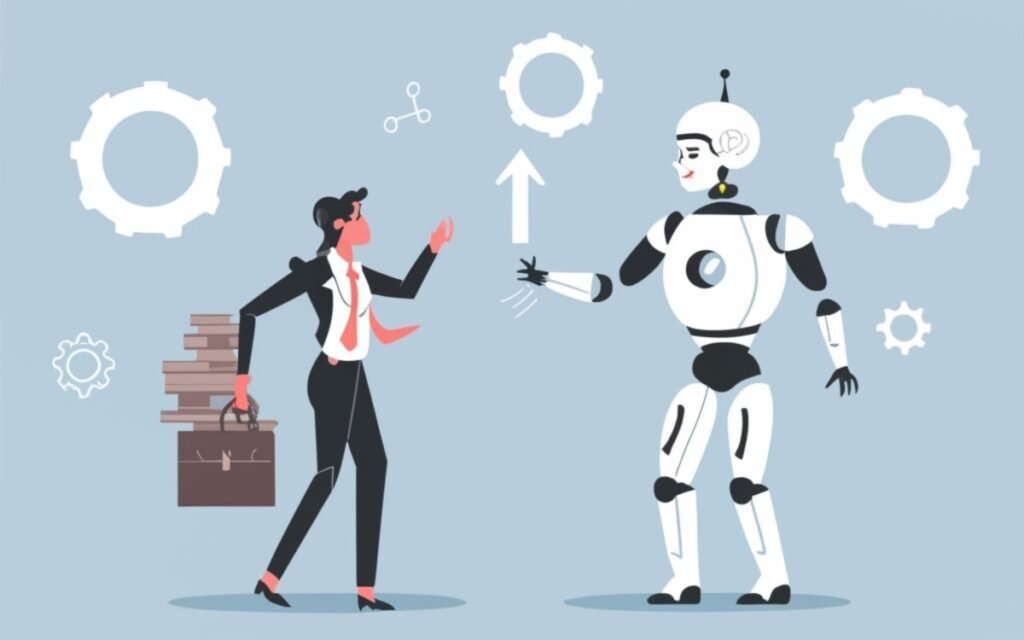
Jobs replaced by AI is a concern that haunts several techies, especially the ones who are just entering the job market. Predicting the exact jobs AI will replace in 2024 and beyond can be tricky, as technology evolves rapidly and its impact unfolds differently across industries. However, several trends point towards roles most susceptible to automation.
What jobs replaced by AI already?
As of 2024, artificial intelligence (AI) has already made significant inroads into various job sectors, leading to the replacement of certain tasks and roles. Here are some examples:
Journalism and Content Creation: MSN, a US web portal, replaced dozens of journalists with AI software to create news content for their homepage in 2020. Financial difficulties were cited as the reason for this move.
Repetitive Tasks and Manual Processes: AI-powered tools like ChatGPT and Google Bard have accelerated manual processes in many companies. CEOs are increasingly considering replacing jobs with AI to improve efficiency and cut costs.
Delivery and Logistics: United Parcel Service (UPS), a major logistics company, has experienced layoffs due to new technologies, including AI. CEO Carol Tomé acknowledged the impact of AI on their workforce.
Manufacturing and Assembly Lines: AI-driven automation has transformed manufacturing processes, replacing repetitive tasks on assembly lines.
Customer Service and Chatbots: Many companies now use AI-powered chatbots for customer support, reducing the need for human agents.
Data Entry and Analysis: AI algorithms can process and analyze large datasets faster and more accurately than humans.
Financial Services: AI is used for algorithmic trading, risk assessment, loan underwriting and fraud detection, impacting jobs in banking and finance.
Retail: Cashiering, inventory management, and product recommendations can be significantly impacted by AI automation and self-checkout systems.
Agriculture: AI-powered tools are assisting with tasks like crop yield prediction, disease detection, and precision farming, potentially influencing some labor needs.
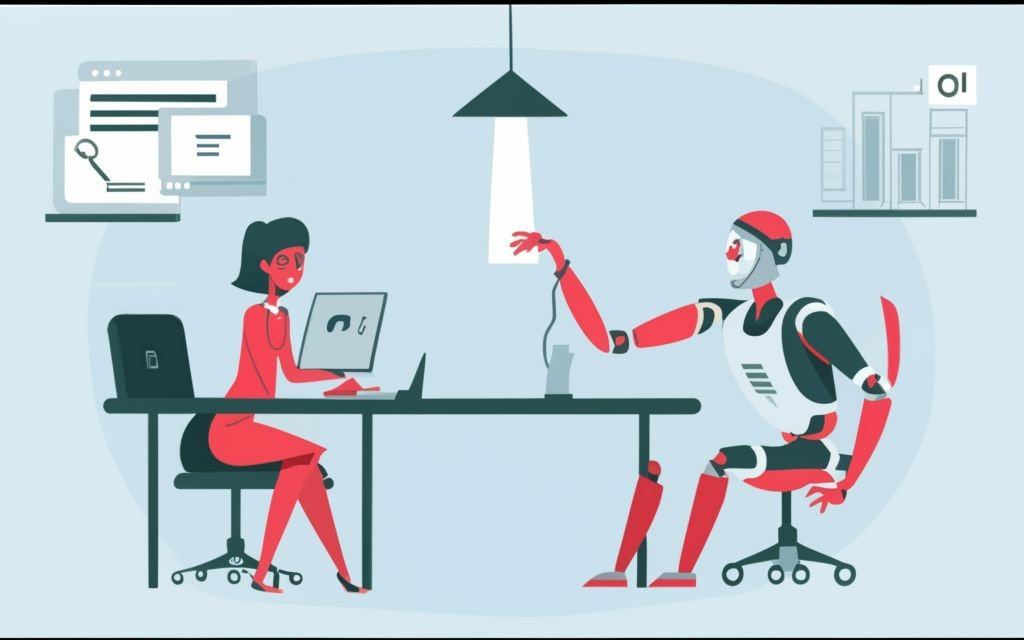
Which jobs are safe from AI as of today?
As of today, certain jobs are considered relatively safe from the impact of artificial intelligence (AI). These occupations involve tasks that are less likely to be automated or replaced by AI systems. Here are some examples:
- Agricultural Equipment Operators: Operating machinery in agriculture.
- Athletes and Sports Competitors: Professional athletes and sportspeople.
- Automotive Glass Installers and Repairers: Repairing and installing automotive glass.
- Bus and Truck Mechanics and Diesel Engine Specialists: Maintaining and repairing vehicles.
- Cement Masons and Concrete Finishers: Working with concrete construction.
- Cooks, Short Order: Preparing food in restaurants.
- Cutters and Trimmers, Hand: Performing manual cutting tasks.
- Derrick Operators, Oil and Gas: Handling equipment in oil and gas extraction.
- Dining Room and Cafeteria Attendants and Bartender Helpers: Assisting in food service.
- Dishwashers: Cleaning dishes in restaurants and kitchens.
- Electrical Power-Line Installers and Repairers: Installing and maintaining power lines.
- Excavating and Loading Machine Operators, Surface Mining: Operating heavy machinery in mining.
- Floor Layers, Except Carpet, Wood, and Hard Tiles: Installing flooring materials.
- Foundry Mold and Coremakers: Creating molds for metal casting.
- Helpers (Various Trades): Assisting skilled workers in construction and maintenance.
- Meat, Poultry, and Fish Cutters and Trimmers: Preparing meat and fish.
- Motorcycle Mechanics: Repairing motorcycles.
- Paving, Surfacing, and Tamping Equipment Operators: Working on road construction.
- Pile Driver Operators: Operating pile-driving machinery.
- Pourers and Casters, Metal: Working with molten metal.
- Rail-Track Laying and Maintenance Equipment Operators: Maintaining railway tracks.
- Refractory Materials Repairers, Except Brickmasons: Repairing refractory materials.
- Roof Bolters, Mining: Bolting roofs in mining operations.
- Roustabouts, Oil and Gas: Performing general labor tasks in oil and gas fields.
- Slaughterers and Meat Packers: Processing meat in slaughterhouses.
- Stonemasons: Working with stone materials.
- Tapers: Applying tape and joint compound in construction.
- Tire Repairers and Changers: Repairing and changing tires.
- Wellhead Pumpers: Operating equipment in oil and gas extraction¹.
It’s essential to recognize that the impact of AI on jobs is an ongoing process, and the landscape may change over time. Many other professions are potentially at risk of being replaced by AI, including roles in mathematics, writing, finance, and administrative tasks. As technology evolves, adaptability and continuous learning become crucial for staying relevant in the workforce.
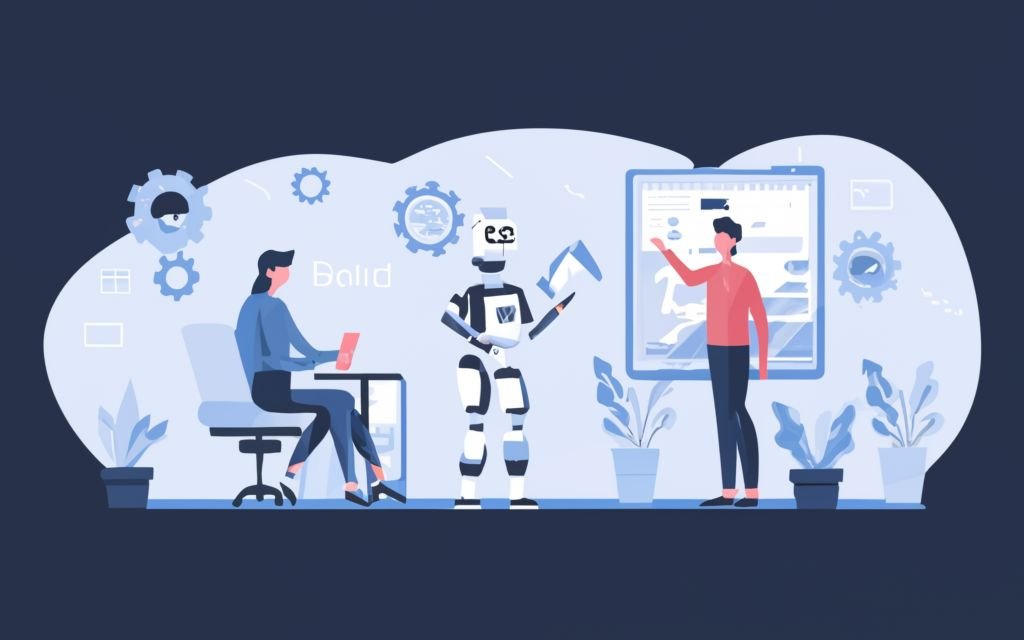
Jobs created by AI
Remember that while AI replaces certain tasks, it also creates new opportunities and jobs. The impact of AI on employment continues to evolve, and companies must adapt to this technological shift. New opportunities emerge in fields like AI development, data science, and machine learning. AI is expected to create new job opportunities in 2024 and beyond.
Human skills remain crucial: Even in automated tasks, human judgment, creativity, and social intelligence often remain irreplaceable.
Jobs transform, not disappear: AI often changes the nature of work, requiring adaptation and upskilling in existing roles.
Some of the emerging roles in AI include:
AI Augmented Working Professional: AI is transforming traditional roles into augmented working, where AI acts as a collaborator across various job functions, leading to the creation of new job roles that involve working alongside AI systems.
Generative AI Specialist: With the rise of generative AI, there will be a growing demand for professionals who can understand and leverage the capabilities of this technology across various sectors, including manufacturing, construction, and other industries
AI Ethicist and Responsible AI Practitioner: As AI becomes more pervasive, the need for professionals to ensure the ethical and responsible use of AI will increase. This includes roles focused on addressing potential biases and ensuring the fairness and transparency of AI systems.
AI Onboarding and Management Specialist: With the integration of AI into various industries, there will be a need for professionals who can onboard, test, and manage AI systems within organizations, leading to the creation of new job roles in AI implementation and management.
How will AI help workers with disabilities?
AI can help workers with disabilities in several ways, creating new opportunities for their participation in the workforce. Some of the ways AI can assist workers with disabilities include:
AI-Powered Tools for Employment Matching: AI can be used to match individuals with disabilities to suitable employment opportunities, helping them find jobs that align with their skills and abilities
AI-Powered Virtual Assistants and Chatbots: These tools can assist employees with disabilities in various tasks, such as scheduling, time management, and accessing digital platforms, thereby reducing stress and improving productivity
Inclusive AI Design and Implementation: By ensuring that AI systems are designed and implemented to be inclusive and accessible, individuals with disabilities can benefit from the use of AI in the workplace
Data Exploration and Synthetic Data Sets: AI can be used to create synthetic data sets and explore alternative algorithms to address bias against disability in the hiring process, thus promoting a more inclusive workforce
AI Inclusivity Specialist: AI is expected to encourage widespread inclusivity in the workplace, creating opportunities for workers with disabilities. This trend is likely to lead to the emergence of roles focused on leveraging AI to promote inclusivity and accessibility in the workforce While AI has the potential to create new opportunities for workers with disabilities, it is important to ensure that these technologies are inclusive, accessible, and designed to mitigate potential negative impacts, such as job loss.

To stave off fears of job loss, workers can take several steps, including:
Upskilling and Reskilling: Workers can acquire new skills and knowledge to remain relevant in the job market. This includes taking courses, attending workshops, and participating in training programs to learn new technologies and skills.
Networking: Building a strong professional network can help workers stay informed about job opportunities and industry trends. Networking can also provide access to mentors and advisors who can offer guidance and support
Diversifying Income Streams: Workers can explore alternative income streams, such as freelance work or entrepreneurship, to supplement their income and reduce their reliance on a single job
Maintaining a Positive Attitude: Workers need to maintain a positive attitude and remain optimistic about their future job prospects. This can help them stay motivated and focused on their career goals. Overall, workers should be proactive in adapting to the changing job market and take steps to remain competitive and relevant in their field.
These emerging job roles reflect the evolving impact of AI on the job market, presenting opportunities for individuals to adapt and thrive in a tech-driven world. It’s important to stay informed about AI trends and continuously develop skills that complement AI capabilities. This will help you navigate the changing job market and adapt to new opportunities.

